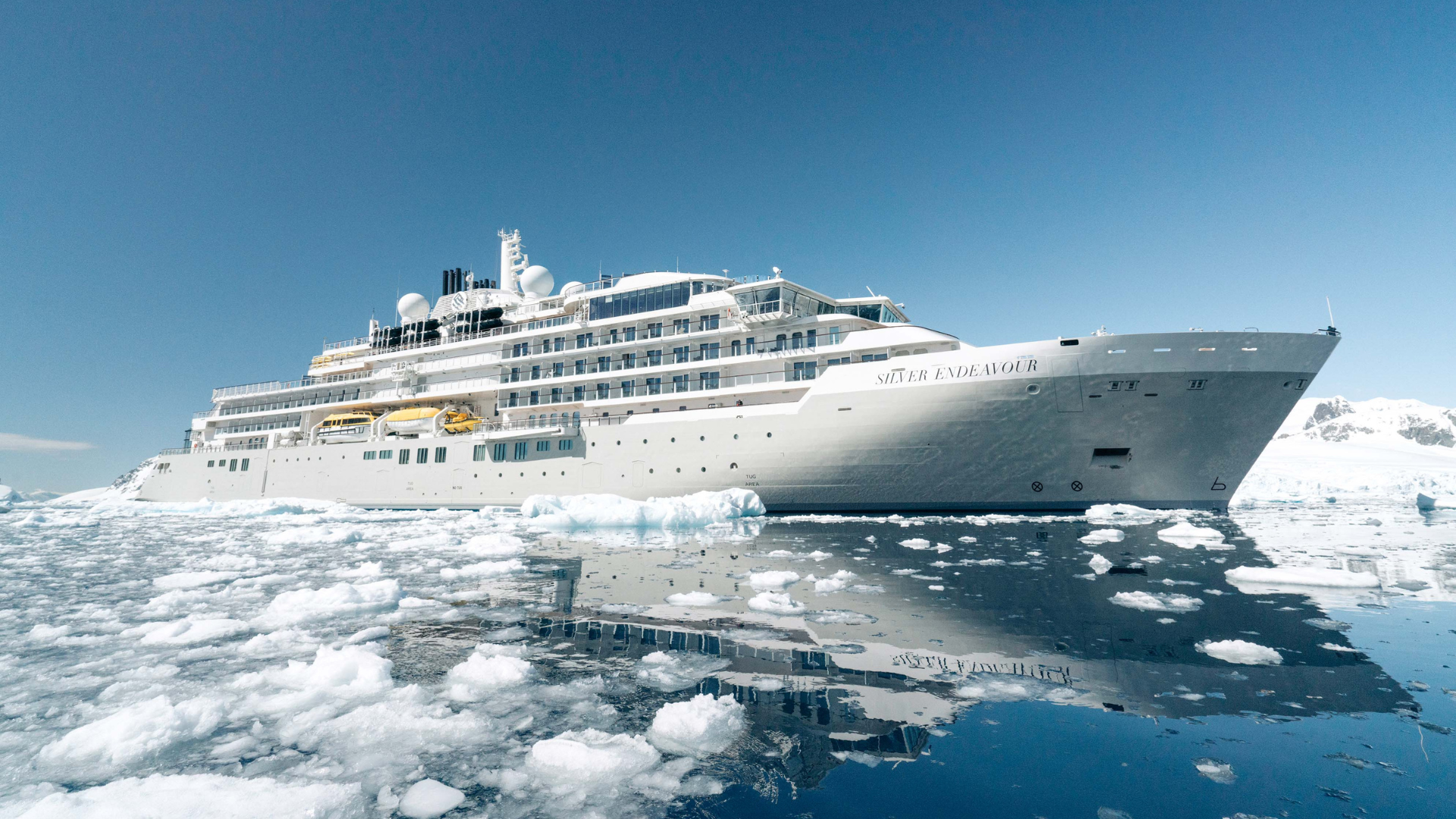Japan Jaunt — Under Our Own Steam
THE RAKE’s Travel Editor swaps the Shinkansen for a hire car and goes in search of the healing properties of Japan’s hot springs.

There were more than a few raised eyebrows and quizzical looks from naysaying friends and acquaintances at a dinner party when it was suggested to them that my wife and I would be embarking on a meticulously planned and plotted road trip through the less-frequently visited parts of Japan. After all, it is almost unheard of to journey to Japan and then sidestep what is arguably the most efficient, reliable, punctual and well-connected railway network in the world — not to mention one of the fastest and most comfortable. “I really can’t see the point,” was one of the more memorable remarks.
But having driven in the country thrice before, and with a week set aside to discover its healing hinterlands, we weren’t dissuaded in the least. In fact, as regular Nipponophiles who have visited many of the major urban centres on numerous occasions, we wanted to again go off-piste, so to speak, and explore under-the radar destinations and natural attractions that are often inaccessible or, at best, more time- consuming to tackle by train. So we boarded a flight from Tokyo and arrived in the southern city of Kagoshima, at the southwestern tip of the island of Kyūshū, where we picked up our hire car.
Ours would be a 600km, curated whistle-stop tour that would enable us to pinball around unfettered but also one that would allow time for some rest and rumination and to avail ourselves, more crucially, of the healing properties and centuries-old ritual of bathing in onsen, or hot springs, as we went. Thus, our first layover, Wasure-no-Sato Gajoen (gajoen.jp), which would be an auspicious harbinger of things to come: a diminutive eight-room traditional inn, or ryokan, fashioned from thatched-roof cottages alongside the Amori River, just 15 minutes from the airport.
Like most ryokan, breakfast and dinners were included, but this Relais & Châteaux property set a high bar for culinary excellence, and all of it was fashioned with homegrown meat and vegetables out of a moss-covered outdoor kitchen where chickens roamed freely and from where the chef created a miscellany of magnificence. Rooms, some with their own private hot-spring stone baths, were tatami-covered and, though basic by Western standards, eminently comfortable.
Kyūshū, as we would discover, is a breathtakingly beautiful contrast of palm trees and sandy beaches juxtaposed with pine-studded hills, bamboo forests and myriad vineyards in Miyazaki, on the eastern coast. But it is also volcanically lively (hence all those hot springs), with no fewer than nine active craters, including Sakurajima, which frequently deposits ash on Kagoshima (where students travelling to and from elementary school wear helmets) and with which we came face-to-face the next morning. A huge peak that sits on its own massive headland and dominates the landscape with regular plumes, we skirted around it on the coast road heading south along the Satsuma Peninsula, craning our necks trying to take in its enormous size.
The same geothermal energy in Kagoshima also fuels a unique phenomenon in Ibusuki, a seaside town 45km further south: sand baths. It’s all courtesy of an onsen located beneath the waters of Kagoshima Bay that heats the sandy terroir in a few coastal spots where devotees come to get covered in the hot sand and sweat out the toxins. More than a gimmick, the healthful benefits associated with a long, hot soak, and the exchange of heat and minerals, are said to be many and can be availed at Ibusuki Hakusuikan (hakusuikan. co.jp), an expansive hostelry that makes the most of the area’s rich volcanic activity with an outsized hot springs bathing complex with numerous pools, plunges, steam rooms and saunas.
Those who wish to take to the waters should allow for a couple of days here, as we did, after which we voyaged north to the heart of Kyūshū along its western fringes on Route 226, an eye-catching coastal road overlooking the East China Sea that passes a multitude of islets, including Okiakime Island, which featured in James Bond’s You Only Live Twice. Before long we hopped on to the very scenic Kyushu Expressway, the main north-south artery that recalls Alpine motorways with its stretches of tunnels that lead on to bridges and repeat hypnotically for kilometres, all of it through a forested landscape with volcanoes in the distance. Our destination would be one of those volcanoes, Aso-san.














Aso, as it happens, is the world’s largest volcanic caldera, with a total circumference of a staggering 128km, all of it ringed by a series of vertiginous roads. In the collapsed and fertile core are towns, villages and farmland encircled above by five smaller peaks, including Naka-dake, one of Japan’s most active. Until recently, visitors could peek into the crater with a short cable car ride, but in recent months Naka-dake has become too active, with authorities no longer running the service.
Over the course of the next couple of days we would circumnavigate Aso and its surrounds, but not before heading to our next bolthole, the charming riverside hamlet of Kurokawa Onsen, located 20km north of the caldera’s edge in a forested valley home to more than a dozen hot-spring inns, including Ryokan Sanga (sanga- ryokan.com), where we bedded down for a few nights.
Kurokawa is both bijoux and beautiful, with boutiques and restaurants but most importantly the hot-spring waters, which are accessible through one of the traditional inns or in the public bathhouses, which encourage guests to go onsen hopping in nothing more than light cotton yukatas and geta sandals, which is a must. Come evening time, we would relax with a soporific soak and then be treated to drinks and memorable multi-course aiseki meals at pre-set times that were the very embodiment of omotenashi, or wholehearted and boundless Japanese hospitality.
But it’s Beppu that takes the cake when it comes to hot-spring activity, not just in Kyūshū but in all of Japan. Home to 2,000 onsen, it produces more nutrient-rich hot-spring water than any other place in the country, and arriving into the large conurbation on the island’s east coast, by contrast to the diminutive homesteads we had hitherto visited, one is greeted by a townscape where plumes of steam seem to escape and rise into the sky from almost every crevasse as far as the eye can see. It is bewitching.
There are hostelries aplenty — the ANA Intercontinental is a recently opened five- star property with an elevated perch superjacent the city — and we spent the next few days discovering Beppu’s many onsen, which range from those with an unending menu of sybaritic options, such as Hyotan Onsen (hyotan-onsen.com) to more traditional offerings, such as the Meiji-era Takegawara Onsen dating back to 1879, complete with a sandbath.
On our last evening, as we criss-crossed the vertiginous city in our hire car, the omnipresent steam rising all around us, I recalled the less-than-magnanimous remarks my friend had made. A smile came across my face. I turned to my wife and said, “I guess this is exactly the point, right?”, and she nodded in agreement.





















